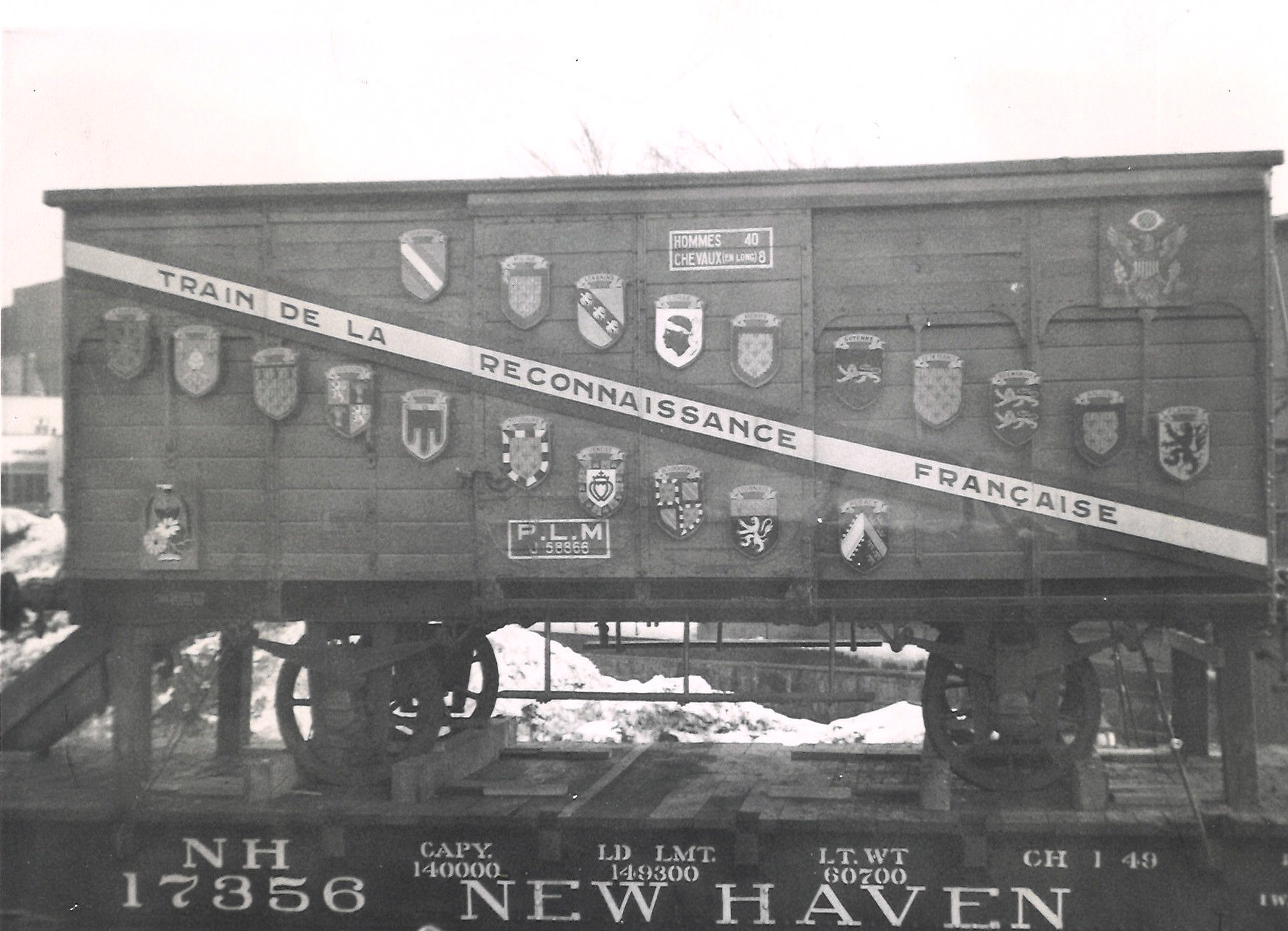
On February 2, 1949, 75 years ago, a train arrived in New York harbor. It was not on the rails serving some dock, but rather small boxcars tucked into the hold of the S.S. Magellan. The ship docked at Weehawken, N.J., amid great fanfare — scores of U.S. Air Force planes saluted in a flyover, fireboats sent streams of water skyward in celebration, and hundreds of smaller boats sounded bells and horns. The Merci Train had arrived from France to say thank you.
In 1947, the United States, at the urging of newspaper columnist, Drew Pearson, launched the Friendship Train in an effort to collect relief supplies for war-torn Western Europe. The train began its journey in Hollywood, Calif, on Nov. 7, 1947. At stops along its route through the center of the country, contributions of non-perishable food was made through the generosity of ordinary citizens. In the end, materials enough to fill more than 270 boxcars arrived in New York for shipment to France and Italy.
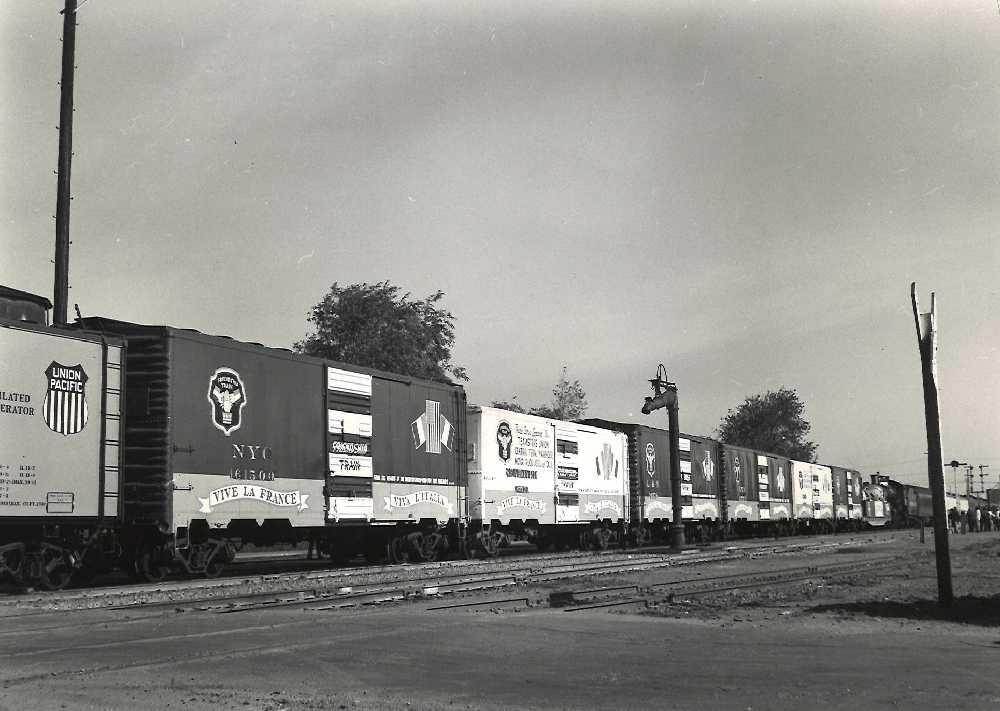
To say thank you — merci in French — to the people of the United States, France assembled The Train De La Reconnaissance Francaise or Gratitude Train. This train consisted of 49 small, two-axle boxcars dating to the 1880s. The cars were freshly painted and decorated with shields symbolizing the coats of arms from the French provinces. Then the people of France loaded the cars with over 52,000 gifts for the people of America.
The Merci Train story is one of heart-felt national gratitude, willingness to help, and pure kindness. While the basic story is simplistic, the details ripple like the waves the Magellan rode across the Atlantic. Come along as we explore five mind-blowing facts about the Merci Train.
No. 1 — Where are the 49 boxcars today?
Only six cars of the Merci Train have been lost in the past 75 years. The cars from Colorado and New Jersey are lost, with no clue as to what might have happened to them. The Connecticut and Illinois cars were destroyed in fires. Massachusetts and Nebraska knowingly scrapped their cars.
The original plans for receiving the Merci Train in the United States called for care of the cars to be entrusted to local veterans’ organizations. Today many of the remaining 43 cars can be found at American Legion posts, in railroad or history museums, or sheltered in a community park.
No. 2 — Friendship Train II
The United States is a big country and routing the Friendship Train to all corners would have been logistically difficult in light of the urgent need for supplies in Europe. While some communities loaded a boxcar and dispatched it to meet the train, or drove hundreds of miles to contribute, citizens in Montana, Idaho, Oregon, Washington, and the Alaska Territory organized a second Friendship Train for their donations. The second train was transloaded to a ship in Seattle, and sailed for Bremen, Germany with 3,000 tons of food and clothing on Dec. 31, 1947. The goods from the original Friendship Train were distributed in France and Italy.
No. 3 — Who needs to be thanked?
At the time the Merci Train sailed from France, the United States numbered 48, plus the territories of Washington, D.C., Alaska, and Hawaii. Contributions from Alaska went mainly to Germany and Austria aboard the second Friendship Train. Goods from the other Pacific Northwest and Mountain states were included in the goods delivered to France and Italy. Citizens of both the District of Columbia and Hawaii made contributions to the original Friendship Train. Hawaii forwarded two boxcar loads of sugar. The Rotary clubs of Washington and a portion of Maryland raised money to purchase 30 tons of flour.
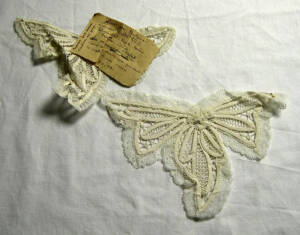
As the Merci Train was assembled, it was declared that the District of Columbia and Hawaii needed to be thanked, but since they were territories presenting a boxcar to each was not needed. The boxcar was first received in Washington and then forwarded to Hawaii. They shared the gifts. Alaska Territory was not recognized by the Merci Train, as their contributions were not distributed in France.
No. 4 — What is in the boxcar?
The gifts found in the Merci Train boxcars were from the people of France. They were not necessarily national treasures, but treasures of the citizens who presented them. It was up to the individual states what happened to the gifts in its boxcar. Some states retained the entire lot, placing them with a state historical society or museum. Other states presented gift items to individuals connected to the Friendship or Merci trains. In still other instances, the gifts disappeared with no record of what happened to them.
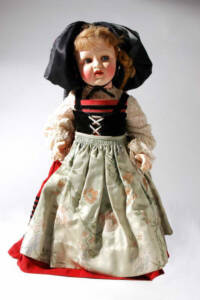
The objects ranged from simple postcards with handwritten words of gratitude to children’s dolls. The Pennsylvania car contained one of the first petroleum-powered automobiles dating to 1893. There were paintings, sculptures, and high-style clothing. Children gave thousands of toys in hopes that they would be shared with American children. The gifts were truly given from the heart with the deepest gratitude.
No. 5 — A touching tribute
The heart-felt gratitude expressed through the Merci Train by French citizens of all ages was moving to say the least. In an episode whose exact details are lost to history, a French woman offered one of the most profound symbols of gratitude to America. As the cars were being assembled — the location is lost — a woman pressed her way through the assembled crowd. She explained that the war had stripped her of everything — family, friends, home. All were lost in the fighting, leaving her in poverty with nothing to give. The women was, however, determined to thank the Americans for what was provided aboard the Friendship Train. She walked up to one of the boxcars and pressed her fingerprints into the fresh paint, indicating that it was all she had to give — a gesture of thanks that was a simple as a human touch. Merci.
An internet search for “Merci Train” will yield a further wealth of information including further details on individual state cars. Also, a trip to mercitrain.org is well worth the trip. Earl Bennett Sr. presents extensive research on the train and the status of each boxcar. Although Bennett died in 2013, his family now maintains and updates the webpage.






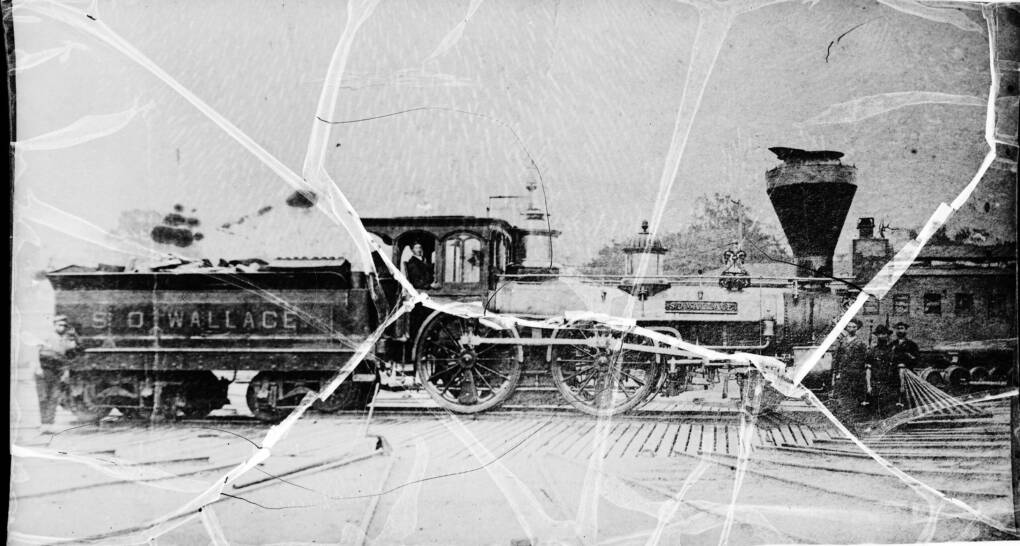

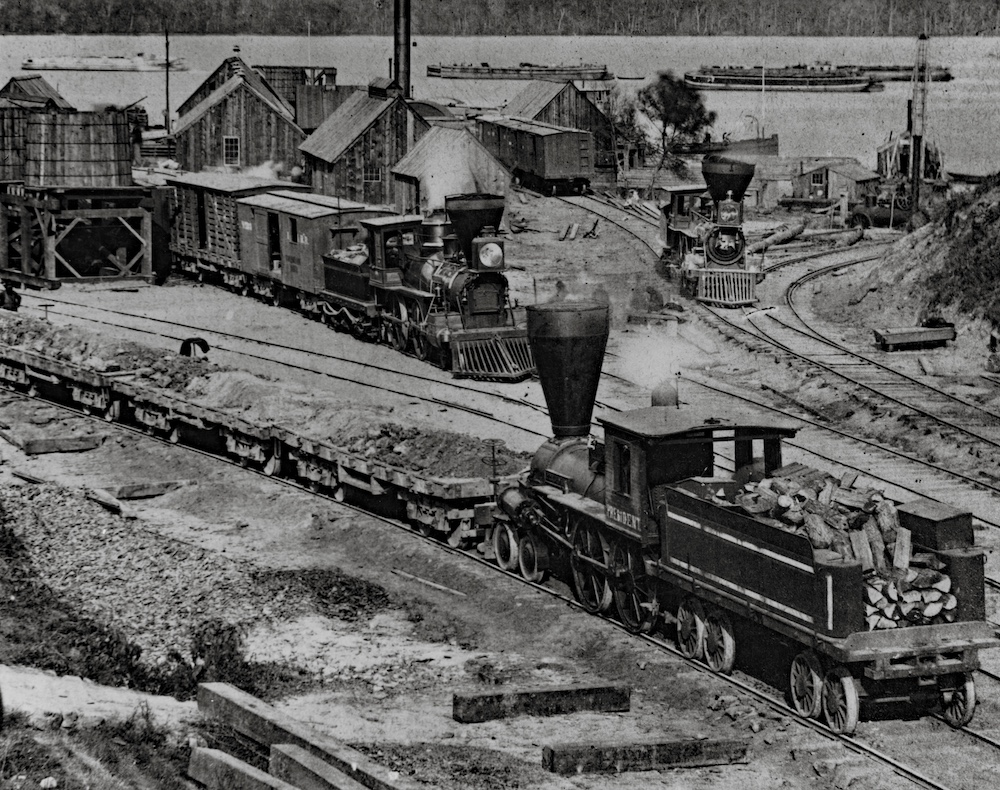





As the former Curator of History at the Nevada State Railroad Museum, I am very familiar with Nevada’s Merci car, and have seen a number of other surviving Merci cars as well (although not Mississippi’s car yet). I can verify and substantiate Timothy Barnard’s comments about gauge (standard gauge, as are most of the railroads in Europe, specifically including the French railways), non-American style couplers, and lack of air brakes on the Merci cars. Even if it had American style couplers and Westinghouse-compatible air brakes, I don’t believe the 4-wheeled French cars would have “played nicely” in an American train. Shipping them on American flat cars was the obvious and appropriate solution.
We have seen two of the cars. The one in Scottsdale and the one at the Nevada State Railroad museum. Thanks for the article.
The North Carolina car is housed within the “Backshop” building at the North Carolina Transportation Museum in Spencer.
I work for the Mississippi Department of Archives and History; the Merci Train car given to Mississippi is outside my office; many of the items it contained are in our museum’s collection. The car was renovated and moved about ten years ago to a better location and covered with a roof.
I was curious about the “different gauge” story that is mentioned in the lead photo caption, so I brought my tape measure to work one day. It IS standard gauge, 4 feet 8-1/2 inches. But the couplers are not compatible with American couplers, nor does it have our air brake system. That’s why the cars were moved on flat cars, not because of the gauge.
Tim – thank you for providing the 6th Mind Blowing Fact